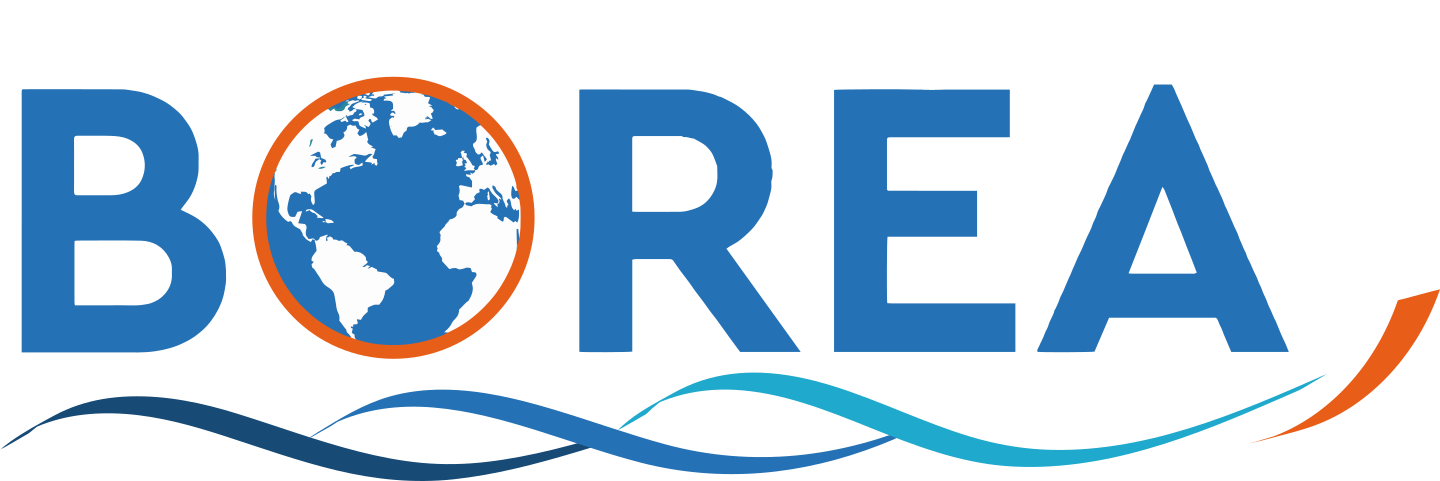Année de publication
2024
Journal
Estuarine, Coastal and Shelf Science
Date de publication
Jan-10-2024
Nombre de pages
108982
DOI
10.1016/j.ecss.2024.108982
URL
https://www.sciencedirect.com/science/article/pii/S0272771424003706
Numéro ISSN
02727714
Catégorie HCERES
ACL - Articles dans des revues internationales ou nationales avec comité de lecture répertoriées par l'HCERES ou dans les bases de données internationales
Résumé
Arctic and sub-Arctic marine ecosystems are experiencing some of the highest sea surface warming in the world, which has intensified water column stratification and subsequently reduced phytoplankton production and particulate organic matter quality. However, the effects of these changes on benthic food webs and the transfer of organic matter to higher trophic levels are still poorly understood. This study examines the spatial and temporal variability of food web structure in a sub-Arctic benthic community exposed to contrasting thermal stratification conditions. The study hypothesizes that during stratified periods, oceanographic conditions would have a limited effect on benthic invertebrates located above/at the thermocline due to their direct access to surface/subsurface primary production. On the other hand, organisms below the thermocline may be more sensitive to increased stratification because they do not have direct access to these food resources. To test this hypothesis, we sampled benthic invertebrates and several fish species on the Newfoundland Shelf along a cross-shore transect (2 shallow stations versus 2 deep stations above and below the thermocline, respectively) over two seasons. We used isotopic analyses (δ13C and δ15N) to study the structure of the food web and the transfer of organic matter. No temporal variation and little spatial variability in food web structure was observed, resulting in a 73.2% overlap between isotopic niches of shallow and deep stations. At all stations, most primary consumers were characterized by high trophic plasticity, feeding on both phytoplankton and benthic organic matter (mean dependence on benthic sources = 46.7%). In the context of global warming and increased thermal stratification, we hypothesize that benthic primary production may be less vulnerable to nutrient depletion than phytoplankton. We suggest that an increased contribution of benthic primary producers to organic matter fluxes in shallow coastal food webs could significantly enhance the resilience of the benthic food web to stratification intensification.
Mots-clés
Food web structure
Stable isotopes
Climate Change
benthic ecosystems
Seasonal stratification
Sub-Arctic ecosystems

